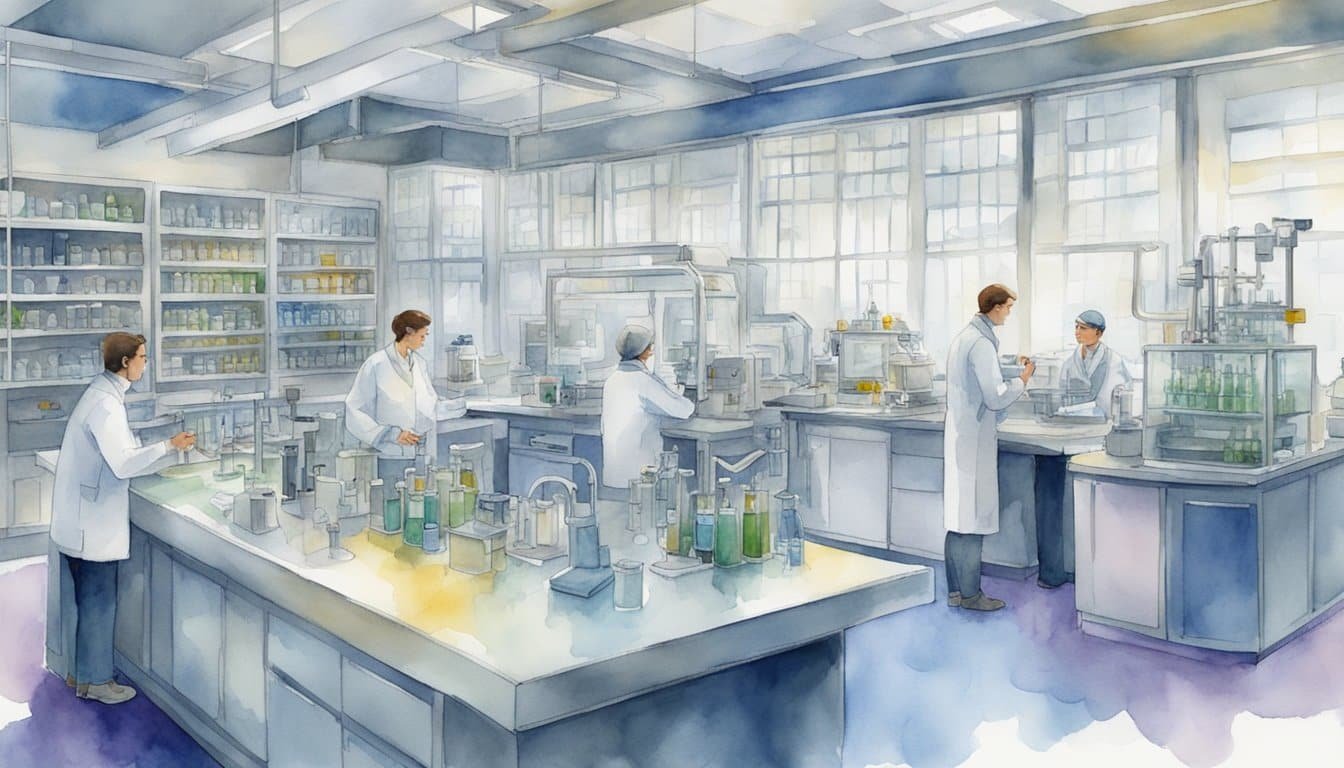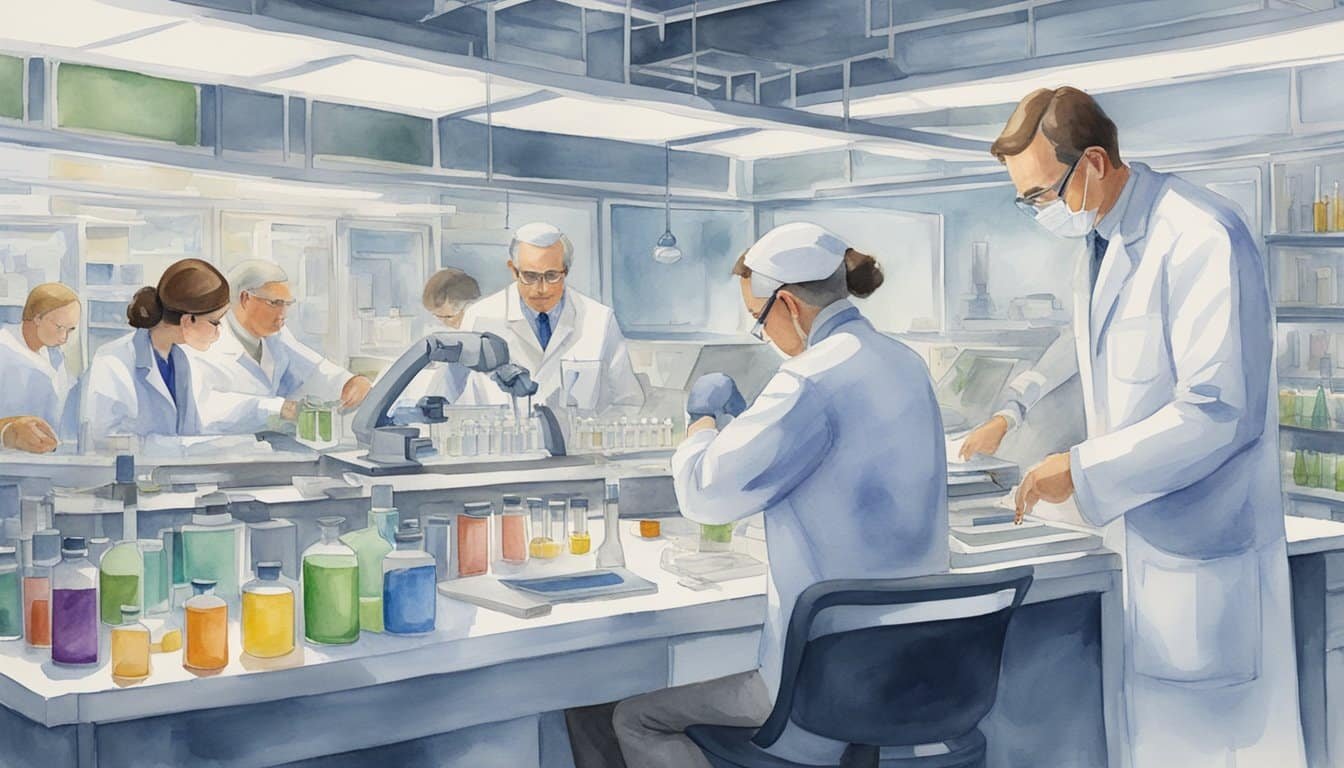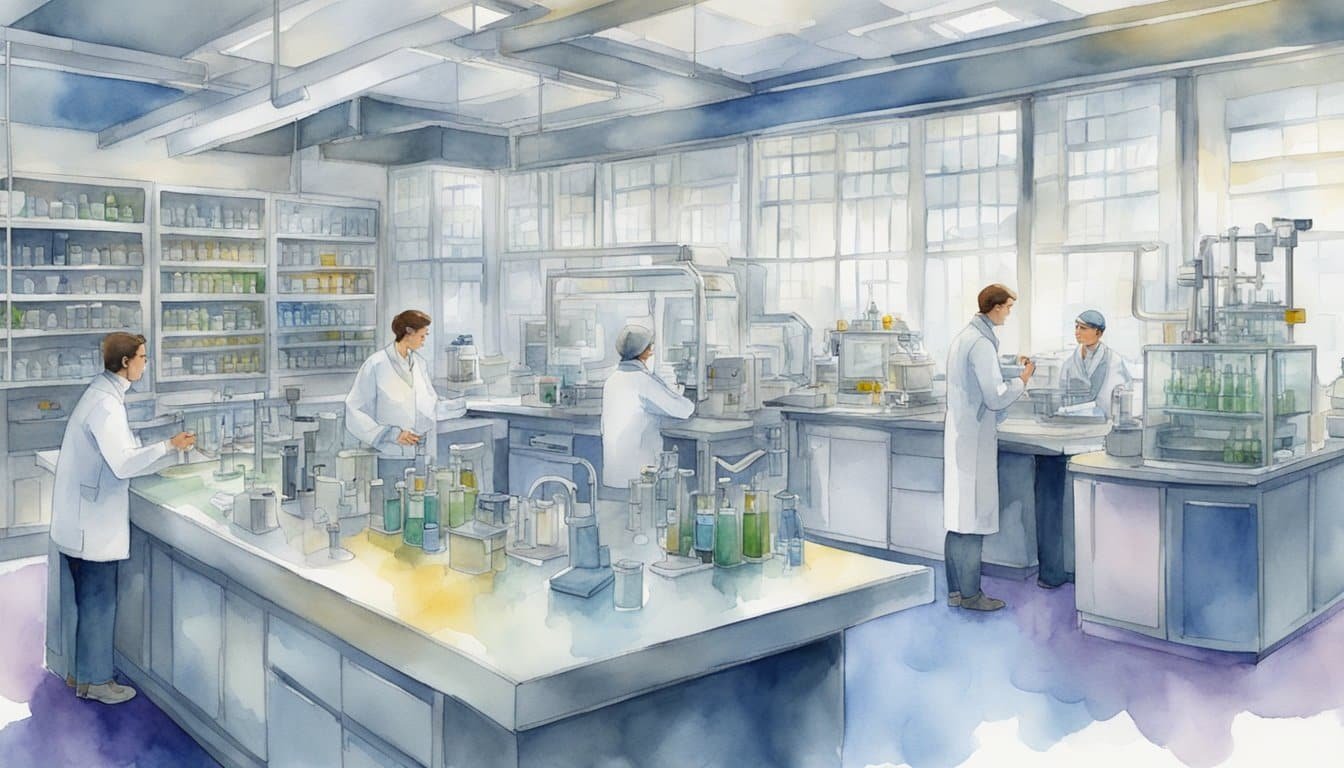Understanding Gene Editing
Gene editing, often compared to molecular scissors, allows scientists to precisely modify an organism’s DNA. This revolutionary technology has the potential to alter the way we treat diseases and understand life itself.
CRISPR Basics
At the heart of modern gene-editing innovation lies the CRISPR (Clustered Regularly Interspaced Short Palindromic Repeats) system coupled with Cas9, an enzyme that acts as a pair of molecular scissors. This mechanism was adapted from bacteria, which use it to fend off viruses. When scientists deploy CRISPR-Cas9 technology, they first guide the Cas9 to a specific DNA sequence. The enzyme then creates a precise cut, allowing the removal or addition of DNA in living organisms.
Tools and Techniques
Besides CRISPR-Cas9, there are other tools, such as TALENs (Transcription Activator-Like Effector Nucleases) and zinc-finger nucleases, that have been harnessed for genome editing. These proteins can be engineered to target specific DNA sequences, facilitating the editing process. Meanwhile, meganucleases, a type of enzyme with the natural ability to recognize long DNA sequences, can act as another option for DNA manipulation. Each of these gene-editing techniques utilizes different enzymes but shares a common goal: to alter the genetic code with unprecedented accuracy.
Medical Applications and Ethical Considerations

Innovations in gene editing present exciting opportunities for treating genetic diseases but also raise important ethical considerations that must be addressed.
Treating Genetic Diseases
Gene editing has revolutionized medicine by providing ways to directly alter the genetic code. Gene therapy can target specific genes responsible for genetic diseases, such as sickle cell disease or certain cancers. For instance, scientists have been working on using CRISPR/Cas9 technology to correct mutations that cause these conditions, with many studies showing promising results in clinical trials. Research on genome editing in human embryos indicates growing capabilities of addressing diseases before birth. Additionally, preimplantation genetic diagnosis allows identification of heritable conditions in human embryos before implantation, potentially preventing the transmission of genetic disorders.
Ethics and Oversight
The expansiveness of gene editing, especially in germline editing and heritable human genome editing, sparks an ongoing ethical debate. Concerns over off-target mutations and the integrity of the human gene pool are paramount. Regulatory bodies such as the NIH and FDA are critical to ensuring safety in the development and application of gene-editing treatments. Ethical issues of CRISPR technology are under intense scrutiny, ensuring that scientific advancements coexist with moral and societal values. International frameworks and laws and regulations laid out by entities like the International Summit on Human Gene Editing work to balance innovation with ethical responsibility.
Impacts on Society and Industry

As gene editing technologies advance, they’re reshaping multiple facets of society and industry. From improving public health to revolutionizing industrial processes, the implications of these breakthroughs are vast and intriguing.
Industry Innovations
In the realm of industrial biotechnology, gene editing is opening doors to new methods of producing goods. It’s not just about genetically modified crops anymore; industries are beginning to use these techniques to enhance the production of materials like biofuels and industrial enzymes. With such tools, research laboratories are better equipped to create innovative solutions that were once thought impossible, effectively meeting the demand for sustainable and efficient products.
Public Health and Safety
The intersection of gene editing and public health is perhaps the most talked-about area, and for good reason. Somatic gene therapies have the potential to tackle complex health conditions by correcting genetic defects at their source. This could lead not only to treatment but to outright cures for some of humanity’s most persistent ailments. Additionally, the growing understanding of the human genome brings with it a need for robust governance to ensure safety and efficacy in these practices. It’s not just about the technology; there’s a significant amount of education required to ensure that the public understands the benefits and limitations of gene editing within a health context.

